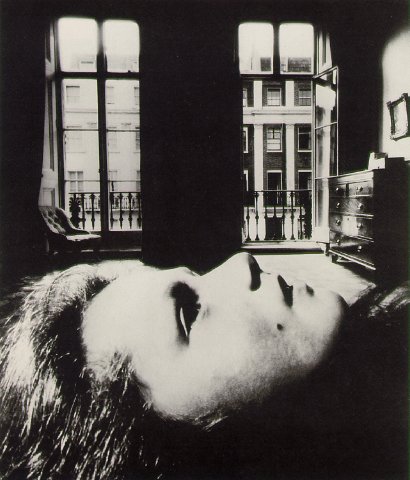"All photographs are time exposures, of shorter or longer duration, and each describes a discrete parcel of time." John Szarkowski
For Monday April 15th please print 4 images that explore the issues of Time in photography. Look over John Szarkowski's essay and photographs to help you with the assignment. Explore fast shutter speeds to stop motion, slow shutter speed to blur motion, camera shake, and panning.
"Immobilizing these thin slices of time has been a source of continuing fascination for the photographer. And while pursuing this experiment he discovered something else: he discovered that there was a pleasure and a beauty in this fragmenting of time that had little to do with what was happening."
Garry Winogrand 
Garry Winogrand
"More subtle was the disvoery of that segment of time that Cartier-Bresson called the decisive moment: decisive not because of the exterior event (the bat meeting the ball) but becasue in that moment the flux of changing forms and patterns was sensed to have achieved balance and clarity and order- because the image became, for an instant, a picture."
Robert Frank
Henri-Cartier Bresson
Henri Cartier-Bresson
Motion blur often emphasizes the subject's movement and speed, the sense of the fleeting moment, and impermanence of time. The effect increases when there is a contrast in the image between motion blur of the moving subject and sharp detail in the stationary subject. By "panning" the photographer can reverse these expectations, rendering the moving objects with clarity and sharpness, while the stationary objects become blurred.
Jacque Henri Lartigue
Henri Cartier-Bresson
Roy DeCarava
Ralph Eugene Meatyard
Blurring motion can distort the subject to create fantastical and bizarre realities. The slow shutter can abstract the figure completely or partially, often creating an atmosphere of mystery, tension and unease.
 Francesca Woodman
Francesca Woodman

Francesca Woodman
The effect called camera shake occurs when during a slow shutter speed exposure the entire camera moves. It creates overlapping exposures of various degrees, depending on how much the camera moves. The effect is often dizzying, creating abstractions and a sense of dynamic movement.
Ralph Eugene Meatyard 
Gary Winogrand 
























































